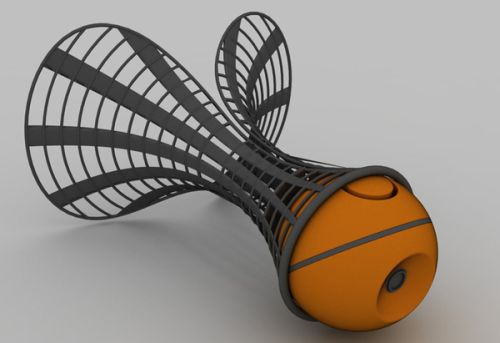Instagram is an online photo-sharing and social networking service that enables its users to take pictures, apply digital filters to them, and share them on a variety of social networking services, such as media sites including Facebook or Twitter. A distinctive feature is that it confines photos to a square shape, similar to Kodak Instamatic and Polaroid images, in contrast to the 16:9 aspect ratio typically used by mobile device cameras.
Trends
Rich Kids of Instagram
The Rich Kids of Instagram is a blog on Tumblr that features photographs posted on Instagram displaying "various states of excess, undress and indulgence".Examples of the photographs featured on this blog are receipts of over $100,000, kids in private jets or yachts, expensive shoes, watches, jewelry, etc.
Weekend Hashtag Project
The 'Weekend Hashtag Project' is a series featuring designated themes and hashtags chosen by Instagram's Community Team. Followers receive the weekend's project every Friday, and each project encourages participants to post creative photographs according to the designated theme each weekend.
Logo:
I thought the hand written style was quite similar to the camera logo Leica:
The atheistic of the logo takes characteristics from this polaroid camera.
I researched the typeface to see it's significance. I found the typeface that is closest to it called 'Bilabong' and it reveals it origins as hand lettered 40s and 50s script headings used particularly in signage.
I looked at what hashtags and filters were most popular and also which instagram users are most followed. This will enable me to understand my audience better.
http://web.stagram.com/hot/




















































